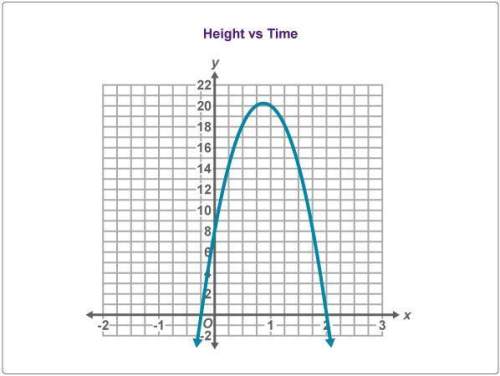
Mathematics, 16.04.2021 19:30 leasiamoore
Advanced Clock Repair Services repairs a large variety of antique clocks. Dennis, the owner, operates the business out of his living room and he performs all repairs. Based upon history, the time to repair a clock is exponentially distributed with a mean of about 5 days. Currently, Dennis will always accept a clock for repair no matter how many are already in his living room. Customers drop off clocks for repair according to a Poisson process with a rate of about 0.18/day. Dennis charges an average of $250 for a repair.
Required:
a. How many clocks would you expect to find in Dennis's living room at any time?
b. Assume you just dropped off a clock for repair. How long would you expect to wait before your clock is repaired?
c. What is Dennis's expected income rate?
d. Dennis's wife is irritated with the number of clock in the living room. Dennis is considering setting a limit of 5 clocks in his living room at any time (.e. an arriving customer will be turned away if there are already 5 clocks there). Dennis would like to determine the impact on his income rate for the new policy vs. the old. Build a model and use it to answer his question.

Answers: 3


Other questions on the subject: Mathematics


Mathematics, 21.06.2019 21:30, maddie02294
Look at triangle wxy what is the length (in centimeters) of the side wy of the triangle?
Answers: 1

Mathematics, 21.06.2019 21:30, Jordandenzel
Olive's solar powered scooter travels at a rate of 30 miles per hour. what equation can she use to calculate her distance with relation to the time she traveled? h=hours m=miles 1. h=m+30 2. m=30h 3. m=h+30 4. h=30m
Answers: 2

Mathematics, 21.06.2019 21:30, amesha62
In a test for esp (extrasensory perception), a subject is told that cards only the experimenter can see contain either a star, a circle, a wave, or a square. as the experimenter looks at each of 20 cards in turn, the subject names the shape on the card. a subject who is just guessing has probability 0.25 of guessing correctly on each card. a. the count of correct guesses in 20 cards has a binomial distribution. what are n and p? b. what is the mean number of correct guesses in 20 cards for subjects who are just guessing? c. what is the probability of exactly 5 correct guesses in 20 cards if a subject is just guessing?
Answers: 1
You know the right answer?
Advanced Clock Repair Services repairs a large variety of antique clocks. Dennis, the owner, operate...
Questions in other subjects:


Chemistry, 20.01.2022 17:30

Mathematics, 20.01.2022 17:30

Mathematics, 20.01.2022 17:30

Mathematics, 20.01.2022 17:40

History, 20.01.2022 17:40







